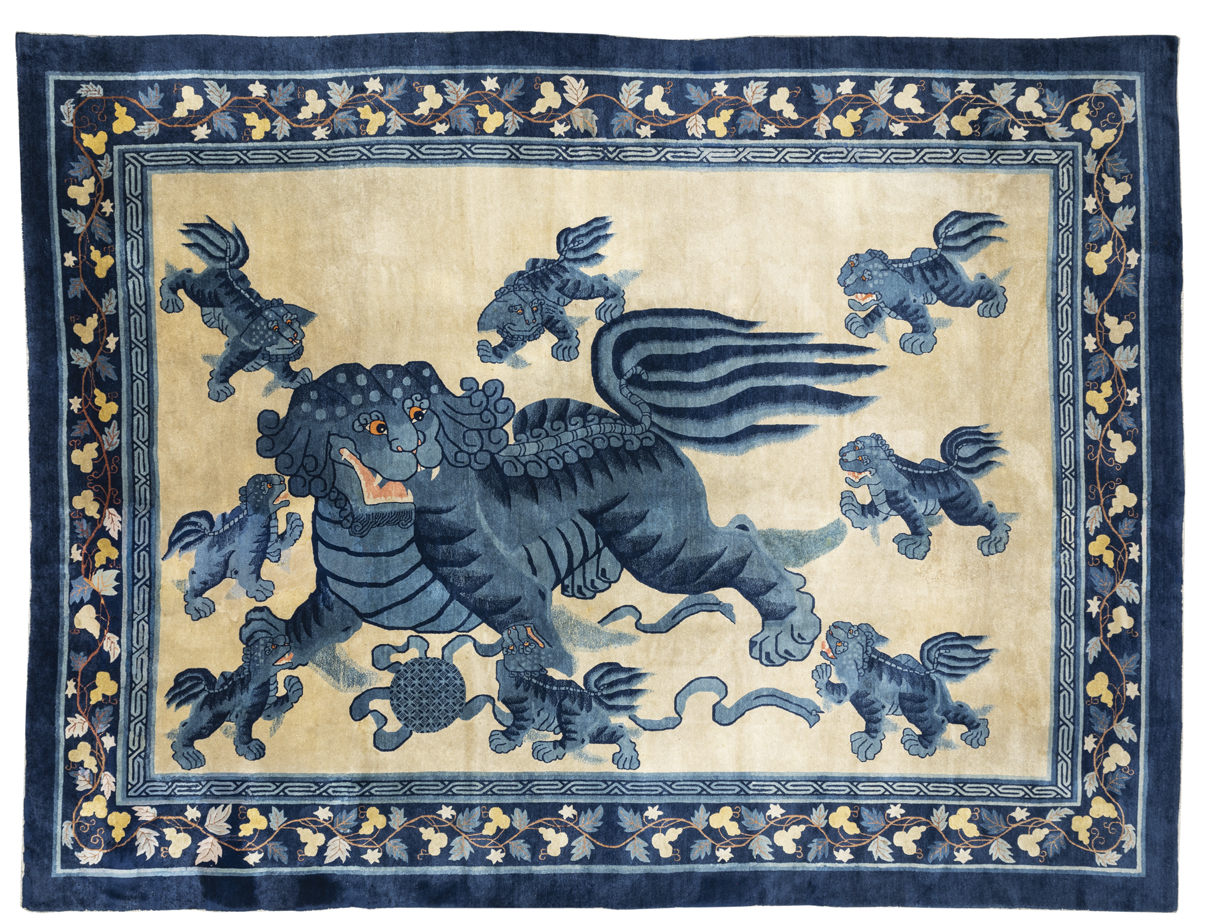David Sorgato
Having history at your feet and travelling and learning about the culture of peoples through the textures of an antique fabric or carpet. From the East, there is a silk velvet saddle cover with precious silver thread embroidery from the Ottoman Empire, and a delicate band embroidered in laminate from Syria with Koranic inscriptions. From France, a pair of magnificent entre fenêtre made in Aubusson in about 1850, an important tapestry from 1720 with stories of Cyrus the Great, and a silk satin canopy wedding tent with doves, ribbons, hearts and flowers, Louis XVI style, from about 1780. From Italy, three magnificent, perfectly preserved flame-stitched silk fabrics, consisting of an extraordinary composition of cut and sewn together cloths, most likely made by nuns in a convent. From Germany, a magnificent silk and thread bishop’s stole from the 1600s with a cabalist/gematric representation of the biblical tetragrammaton (yhwh) yahweh, and the sequence of the four Hebrew letters that make up God’s proper name, at the centre. China is represented with two marvels of textile art. The first is a finely embroidered women’s skirt from 1750-1800 where in the round embroidery formed by lotus flowers, two carp are finely embroidered going upstream (in China and especially in Japan the carp is the symbol of courage and perseverance). The second is a magnificent, if not unique, palace carpet from Beijin area of around 1900, depicting a large Dog-Lion, recognisable by its open mouth (symbolising the utterance of the sacred word Om). Lastly, the auction presents a refined selection of antique textiles from a private collection that was built up while visiting the gallery of Eugenio Imbert in Milan, an antiquarian who opened his first branch on Via Santo Spirito 3 in the early 1900s.

